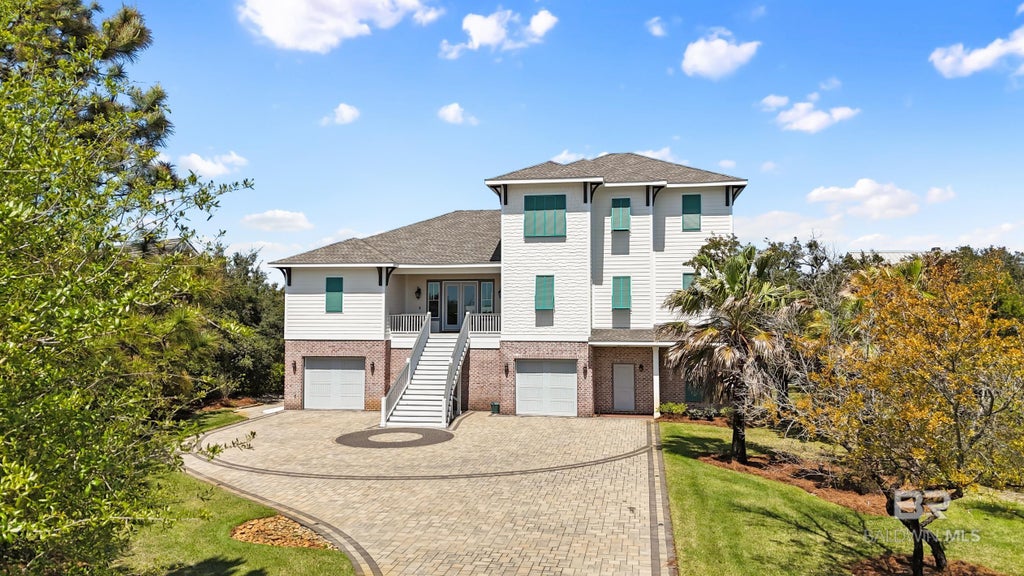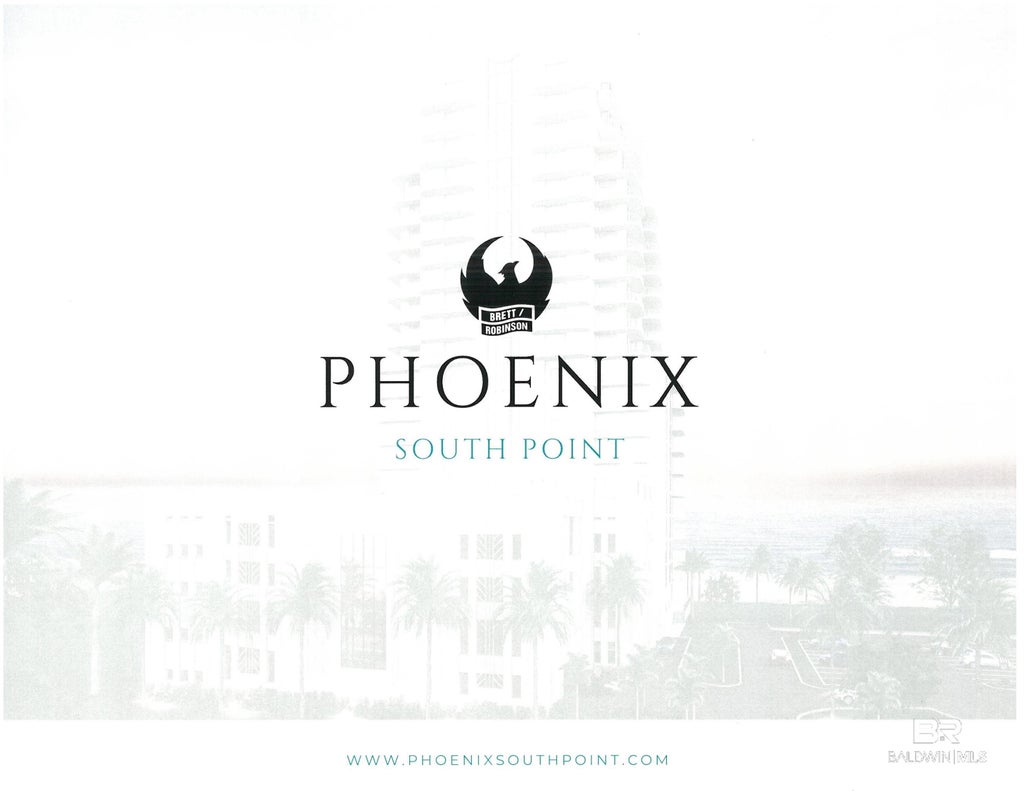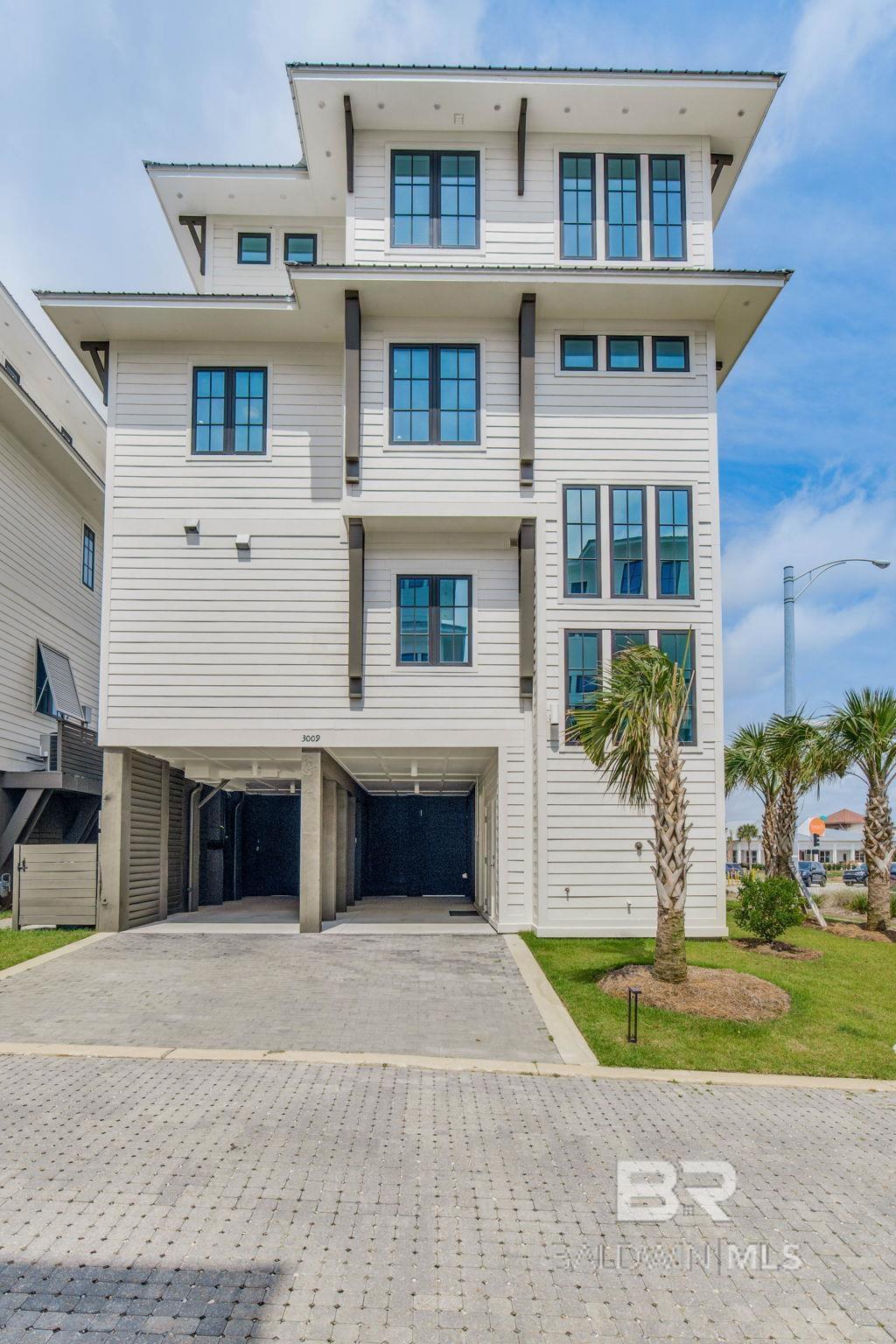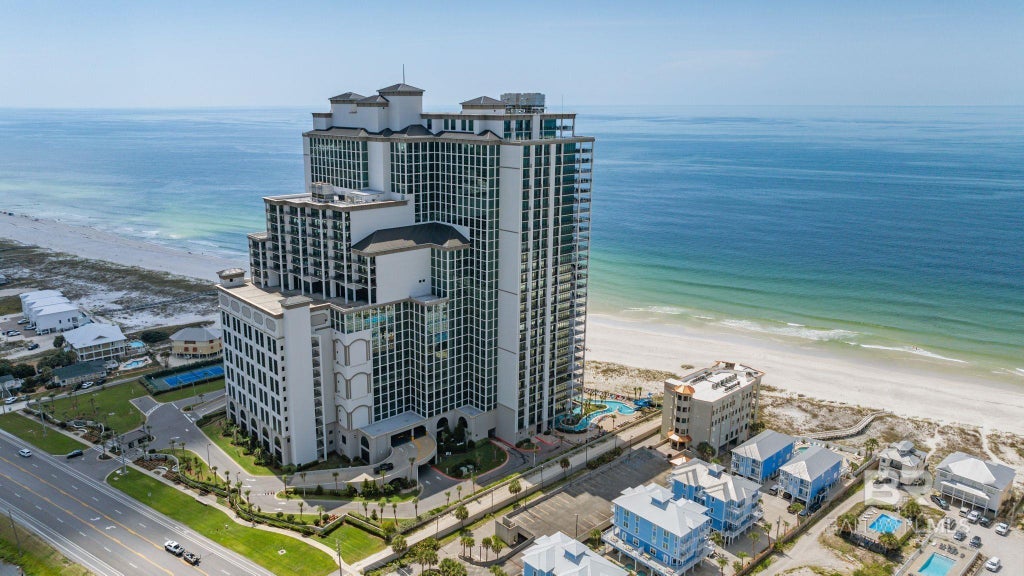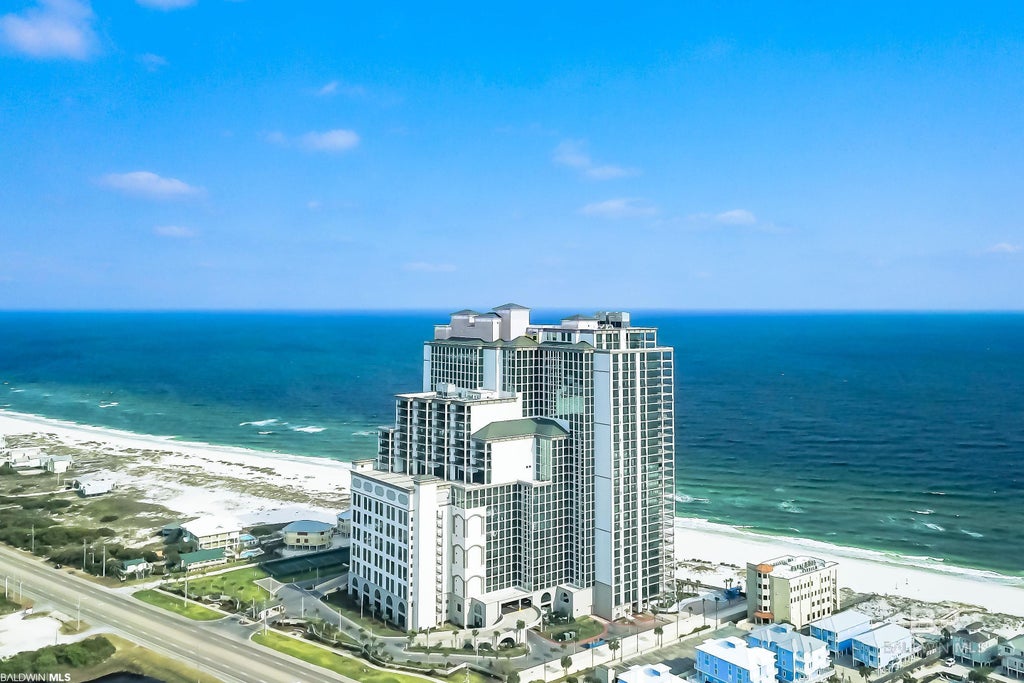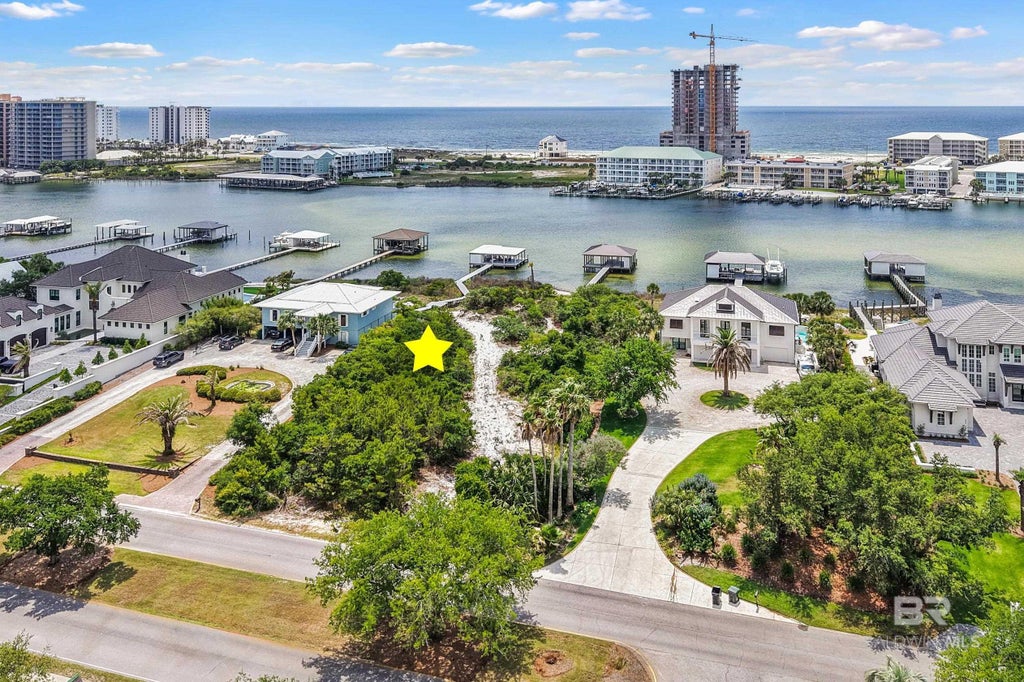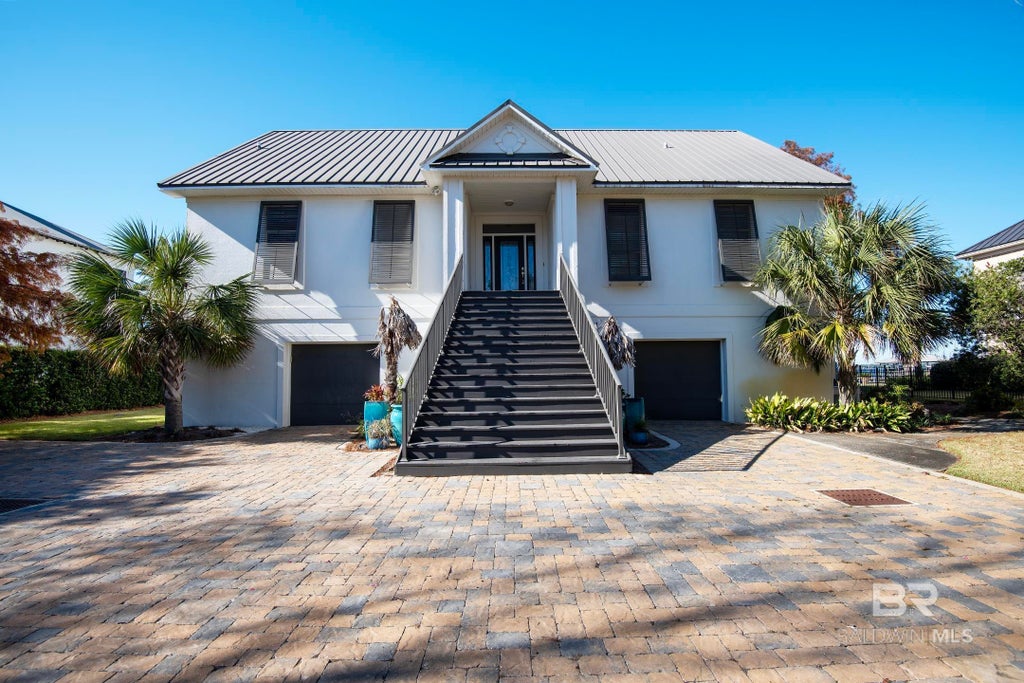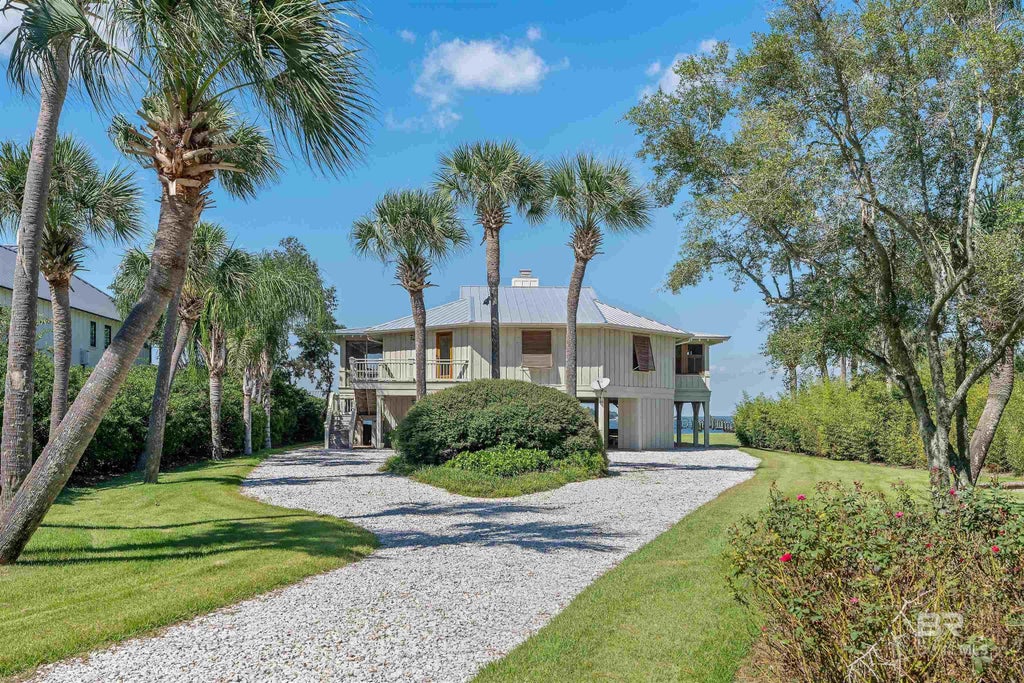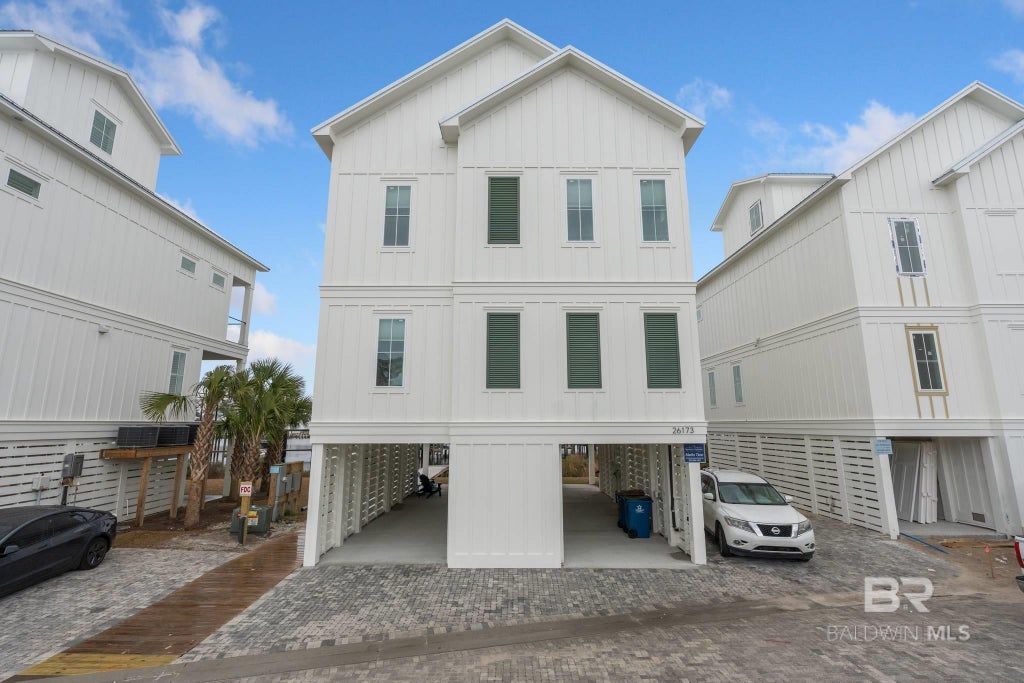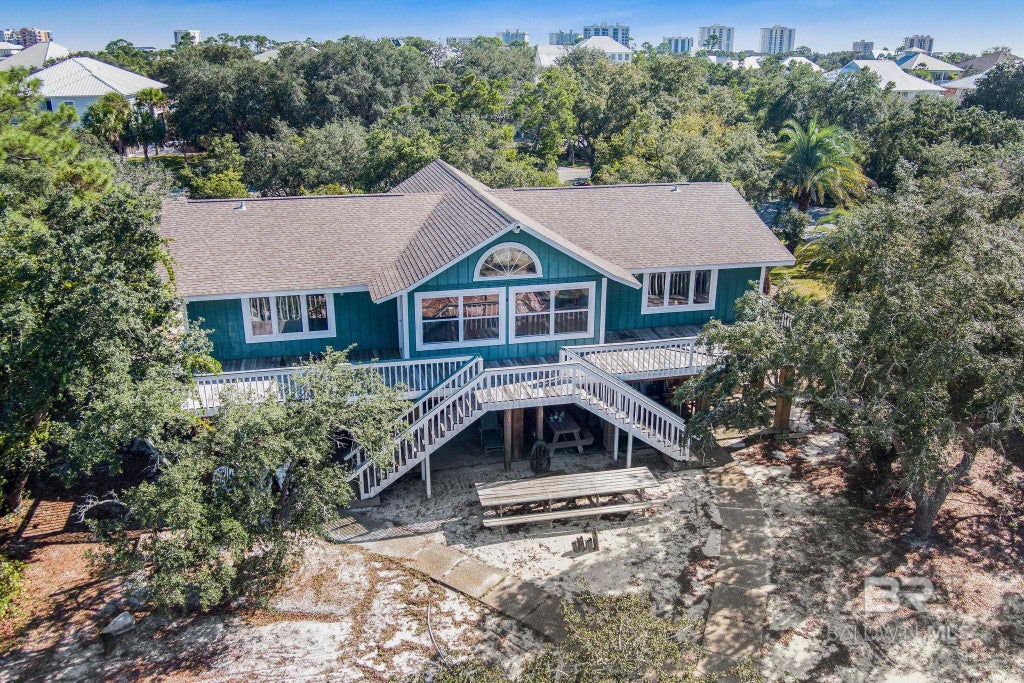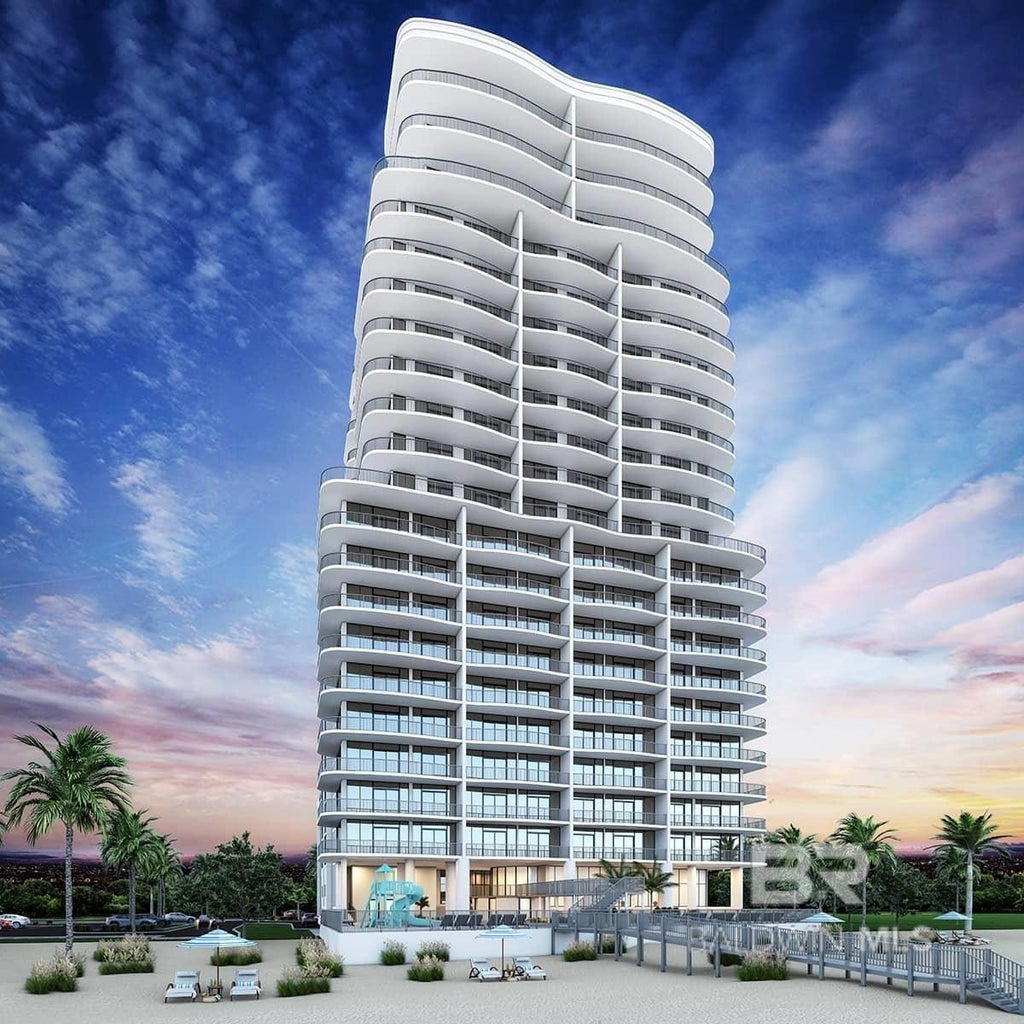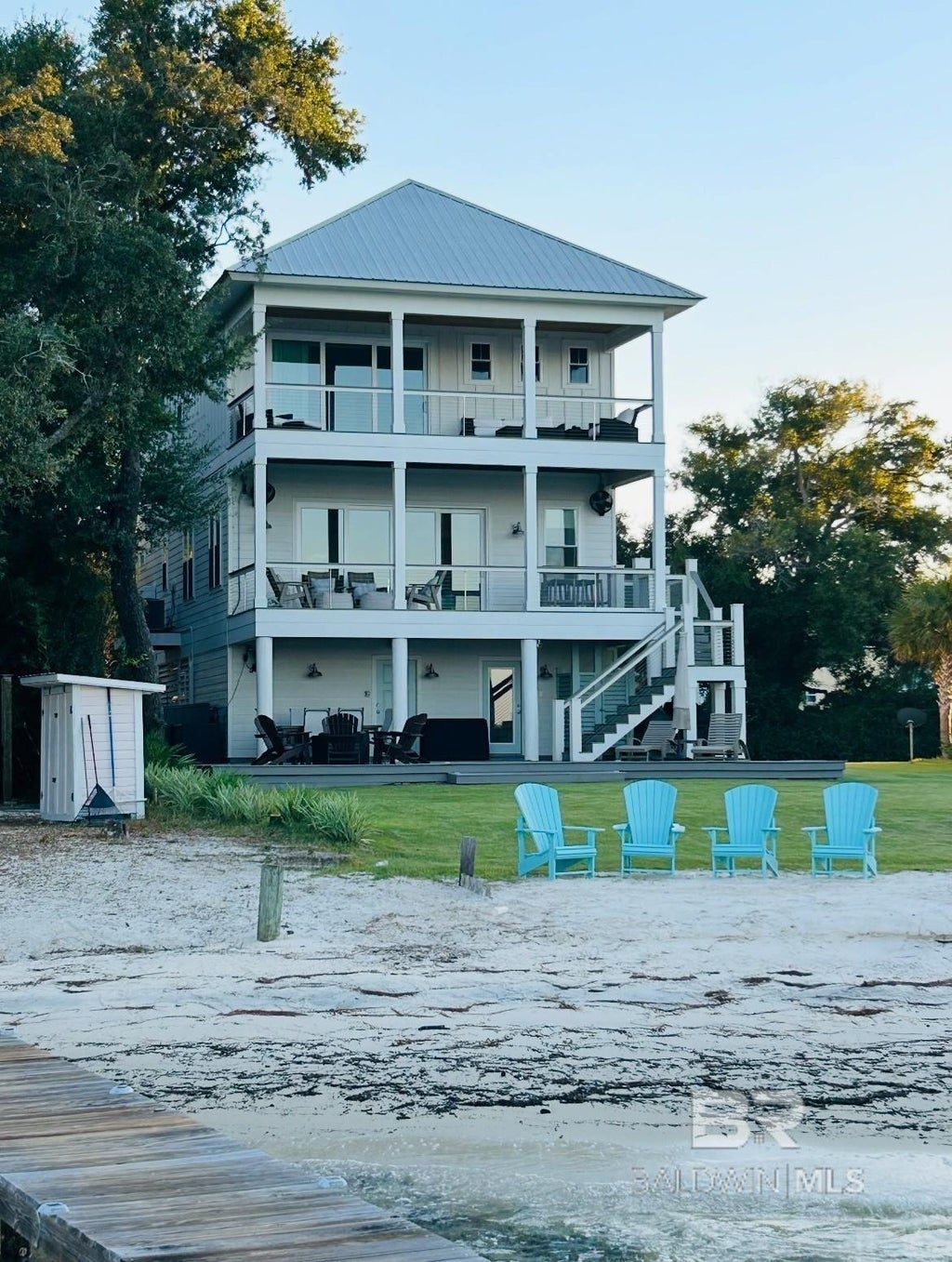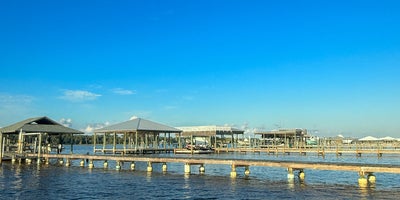Your Coastal Guide to ICF (Insulated Concrete Form) Construction on the Gulf Coast
By Meredith Amon, Licensed in Alabama and Florida
"Guided by Integrity. Backed by Experience. Search the Gulf with Meredith Amon."
ICF Construction on the Gulf Coast | Meredith Amon Real Estate Guide
If you're considering building a new home in Orange Beach, Gulf Shores, Perdido Key, or on Ono Island, one of the most important decisions you’ll make is choosing the right construction method. Living along the Gulf Coast means navigating everything from hurricane-force winds to high humidity, rising insurance costs, and long-term energy demands. That’s why I often recommend Insulated Concrete Form (ICF) construction as a modern, durable, and energy-efficient solution.
After walking countless job sites and touring high-end homes across the coast, I’ve seen firsthand the difference that ICF makes—not just in performance, but in peace of mind.
What Is ICF Construction?
ICF stands for Insulated Concrete Forms—rigid foam blocks that are stacked like Legos, filled with steel-reinforced concrete, and left in place to provide both structure and insulation. The result is a solid 11–12" thick wall that outperforms traditional wood-frame builds in every major category: strength, energy efficiency, soundproofing, and storm resistance.
This isn’t just a new trend in building—it’s a better way to build along the coast.
Why ICF Makes Sense on the Alabama Gulf Coast
1. Strength Against Hurricanes and High Winds
We all know the Gulf Coast is no stranger to storms. One of the top benefits of ICF construction is its ability to withstand winds of up to 250 mph. That kind of strength is hard to beat—and it’s exactly what gives my clients confidence when building on Ono Island or in coastal zones like West Beach or Bay La Launch.
2. Lower Energy Bills, Year After Year
ICF homes naturally maintain a consistent interior temperature, even during the heat of a Gulf Coast summer. Between the thermal mass of concrete and the high R-value of the foam insulation, you’ll see a significant reduction in monthly energy bills. That’s something every homeowner appreciates, especially in larger homes or second homes used seasonally.
3. Long-Term Durability
ICF structures don’t rot, mold, warp, or attract termites—unlike traditional wood framing. For those building luxury homes near the water, this is a huge benefit. Less maintenance, fewer repairs, and longer-lasting materials.
4. Insurance Potential
While homeowners' insurance carriers don’t currently offer broad discounts for ICF construction (as far as I know), I strongly believe that will change. The data is clear—homes built with ICF are more resilient, less prone to storm damage, and more fire-resistant. As the industry evolves, insurance benefits will follow.
5. Improved Resale Value
ICF homes often sell faster and command higher prices—especially when paired with features like Gold Fortified roofing, impact-rated windows, and luxury finishes. Buyers are drawn to the quiet, solid feel of ICF walls and the long-term efficiency.
The Engineering Behind ICF: What You Should Know
The structural file I’ve reviewed highlights critical specs that support just how solid ICF construction really is:
-
Wall loads are calculated with 3,000+ psi concrete, offering exceptional compression strength
-
Rebar spacing and vertical/horizontal placement ensures rigidity during seismic or high-wind events
-
EPS foam on both sides creates an uninterrupted thermal envelope, preventing air leakage and moisture intrusion
-
Meets or exceeds the 2018 IRC (International Residential Code), as well as Gulf Coast-specific wind load codes
These are the behind-the-scenes details that make ICF such a valuable choice—and they’re exactly the kinds of conversations I have with the ICF builders I work closely with throughout Baldwin County and coastal Florida.
What Does ICF Look Like? (Yes, You Can Still Have Beautiful Design)
One of the biggest misconceptions I hear is that ICF homes must look “plain” or “blocky.” The truth is, ICF allows for stunning custom designs—arched entries, wraparound porches, modern rooflines, and even high ceilings with open floor plans. Exterior finishes like stucco, brick, stone, and Hardieboard can all be applied directly to ICF walls. Inside, you’ll enjoy deep-set windows, quiet interiors, and clean lines.
How to Build with ICF: A Step-by-Step Overview
Here’s what to expect when building with ICF:
-
Architectural Plans
Your draftsman or architect adjusts the wall layout for ICF width. I work with design professionals who are fluent in ICF standards. -
Engineering & Permitting
Structural engineers specify rebar patterns, wall height limitations, wind load tolerances, and uplift calculations. -
ICF Installation
Foam blocks are stacked, braced, and filled with concrete. Vibrating tools are used to eliminate air gaps and voids. -
HVAC, Electrical & Plumbing Integration
Chases are carved directly into the foam—quick and clean. -
Finishes Applied
Just like traditional construction—drywall inside, Hardieboard or stucco outside.
Ready to Build? Here’s How I Can Help
If you're interested in ICF construction on Ono Island, or anywhere along the Alabama–Florida Gulf Coast, I’d love to be your guide. I work side by side with experienced home builders, structural engineers, and architects who specialize in high-end, coastal construction. Whether you already have a lot or are just starting to explore, I can connect you with the right professionals—and walk you through every step of the process.
Let’s build a smarter, stronger home—together.
Visit www.searchthegulf.com to explore available lots, view new construction listings, and access expert insights on building in our coastal market.
#searchthegulf #meredithamon #becausewelivehere
SEARCH ORANGE BEACH REAL ESTATE LISTINGS FOR SALE
- All Listings

.gif)
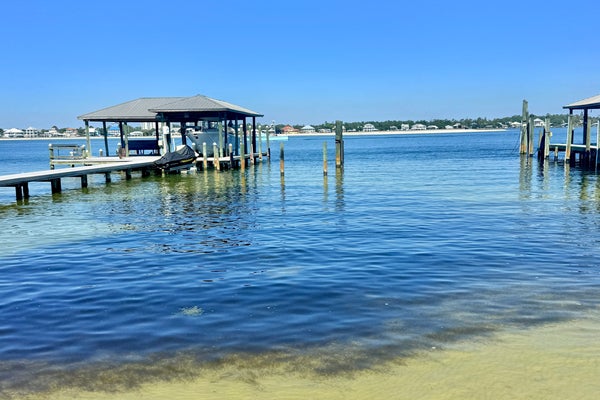
Boat-Friendly Homes on the Gulf Coast: Orange Beach and Ono Island Guide
Gulf Coast Boat-Friendly Living: Where I’d Buy, Dock, and Fish in Orange Beach and Ono Island
Why boat-friendly homes matter here
I work the water as much as the streets in Orange Beach — https://www.searchthegulf.com/orange-beach/ — and I’ve learned that not all “waterfront” lives the same. The…
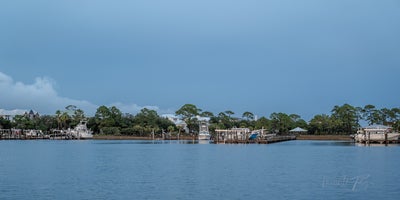
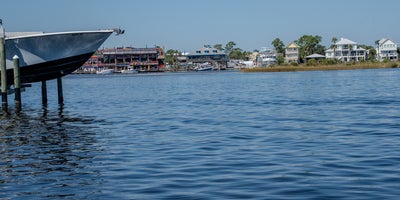
What Makes a True “Gulf Boat”: Durability, Style, Ride & Comfort
Ask A Question or Sign Up To See New Real Estate Listings Before Your Competition
When it comes to finding the home of your dreams in a fast-paced market, knowing about new listings as soon as they are available is part of our competitive advantage.Sign up to see new listings in an area or specific community. Contact Meredith with any questions you may have.

